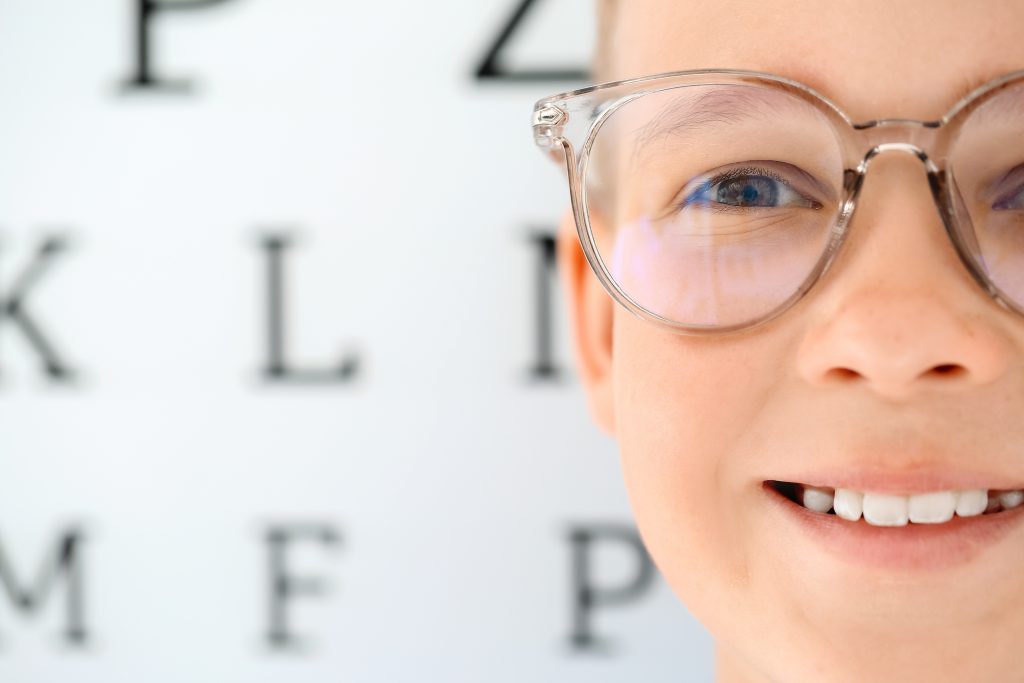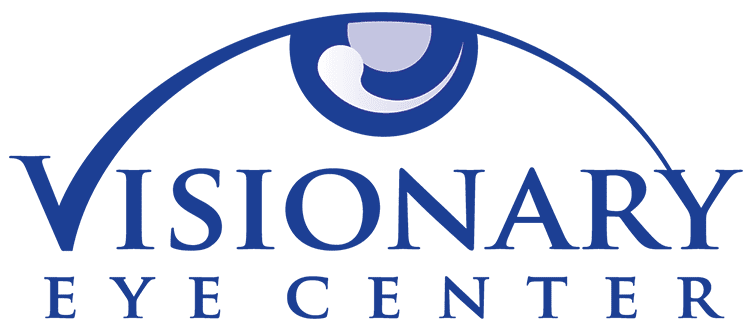Summer is winding down, and school is in full swing! It’s time for children to refocus their attention from summertime fun back to books and the white board. For some kids, that’s easier said than done. As a highly-rated pediatric optometrist, Reno has come to love, Visionary Eye Care Center can examine and help alleviate common conditions associated with classroom vision.

There’s No Substitute for a Comprehensive Eye Exam
A comprehensive pediatric eye exam should be right at the top with pencils and paper on any back-to-school checklist. While your child may have visited their pediatrician or school nurse and had their vision screened, these exams are not comprehensive. Screenings can sometimes reveal potential conditions, but are not meant to diagnose vision problems.
A child's vision can change rapidly and sporadically from ages 6 to 18. Left unchecked, vision conditions can:
- Impair development
- Interfere with learning
- Lead to permanent vision impairment
- Cause attention loss and behavioral issues
Myopia: Clearing up Blurry Facts
One of the most common vision conditions optometrists encounter in children is nearsightedness. The medical term for this is Myopia. Myopia occurs when the eye’s shape becomes elongated, distorting the image of far away objects (the whiteboard, sports balls, or friends on the playground), while nearby objects remain clear. It’s recommended to ask your child whether they are having trouble focusing on letters and numbers at the front of the class. If the answer is ‘yes’, it’s time to get them into the optometrist Reno, NV trusts in order to diagnose the cause and get them back to learning at their greatest potential. The sooner it’s diagnosed, the sooner that treatment can administrated.
If your child already wears glasses to treat the effects of myopia, there are options to slow its progression. We want to emphasize that under-correction, or giving your child a slightly lower prescription to “strengthen” the eyes will not help with myopia. This approach will only make them see things blurrier, and has been clinically disproved as a treatment. In order to help with myopia control, an optometrist will recommend one of the following methods:
- Low-dose Atropine. Multiple large studies have shown that Atropine slows myopia. It’s easy to use (a drop in each eye a day) and a great options for children not ready to wear contact lenses. At diluted concentrations, this eye drop avoids the typical dilation side effects of large pupils, and temporarily paralyses the focusing muscle in their eyes. Although not all pharmacies are equipped to make the eye drops in the concentration required, we know which specialty pharmacies can make a safe and reliable compounded supply.
- Orthokeratology (OK) Lenses. This amazing technology gently reshapes the eye with hydraulic forces overnight to flatten the central cornea and temporarily reduce the effect of nearsightedness after they wake up. As a result, there’s no need to wear eye correction during the day. Comfort is rarely an issue as the lenses are worn overnight while they sleep and is a safe and effective method.
- Soft Multifocal Contacts. The first FDA approved product for myopia control was a soft lens called the MiSight, a daily disposable lens with special optics shown to slow the rate or both myopia and eyeball length. Parents are usually very comfortable choosing this option as the lenses are very similar to the soft lenses they themselves use. These are worn during the day.
- Spectacle Options. While not FDA approved yet in the United States, lenses like the MiyoSmart from Hoya and the Stellest from Essilor have shown promising results. These are a much needed option for patients that do not wish to wear a contact or use medications. As of September 2022, executive bifocals remain the only meaningful treatment in the form of glasses, though with the weakest results of the available options. The top half of lens contains a distance prescription, and the bottom half has an added prescription in place to create the peripheral optics, which may be the reason why orthokeratology and MiSight work so well.
- Nutrition, Outdoor Time, and Eye Exercises. Currently, we have no data to support that any changes in nutrition, outdoor time, or eye exercises slow the progression of myopia. However, we can establish a link between the amount of outdoor time and the onset of myopia. Our current recommendation is for children to average at least 2 hours of outdoor time a day. While we have no evidence to suggest a particular amount of screen time, in general we feel it is reasonable to limit screen time to no more than 2 hours a day on non-school related activities. We would also recommend limiting the distance at which the screen is used to no closer than 16 inches and employing the 20/20/20 rule: take a 20 second break, looking 20 feet away every 20 minutes while on a screen. While these “treatments” are not fancy, they are cost-effective and in general thought to be good for your child’s overall well being.
Visit Visionary Eye Care Center for a Back to School Checkup
Even if your child has not explicitly said that their vision is blurry when looking at the board, it’s never a bad idea to have it checked. Comprehensive eye exams can identify potential anomalies that screenings glance over. To diagnose and alleviate conditions like myopia, we encourage you to book an appointment with our knowledgeable practice. We’ll see you here, bright and clear!

 775.827.1100info@visionaryeyecenter.com8175 South Virginia Street Suite B-900
775.827.1100info@visionaryeyecenter.com8175 South Virginia Street Suite B-900